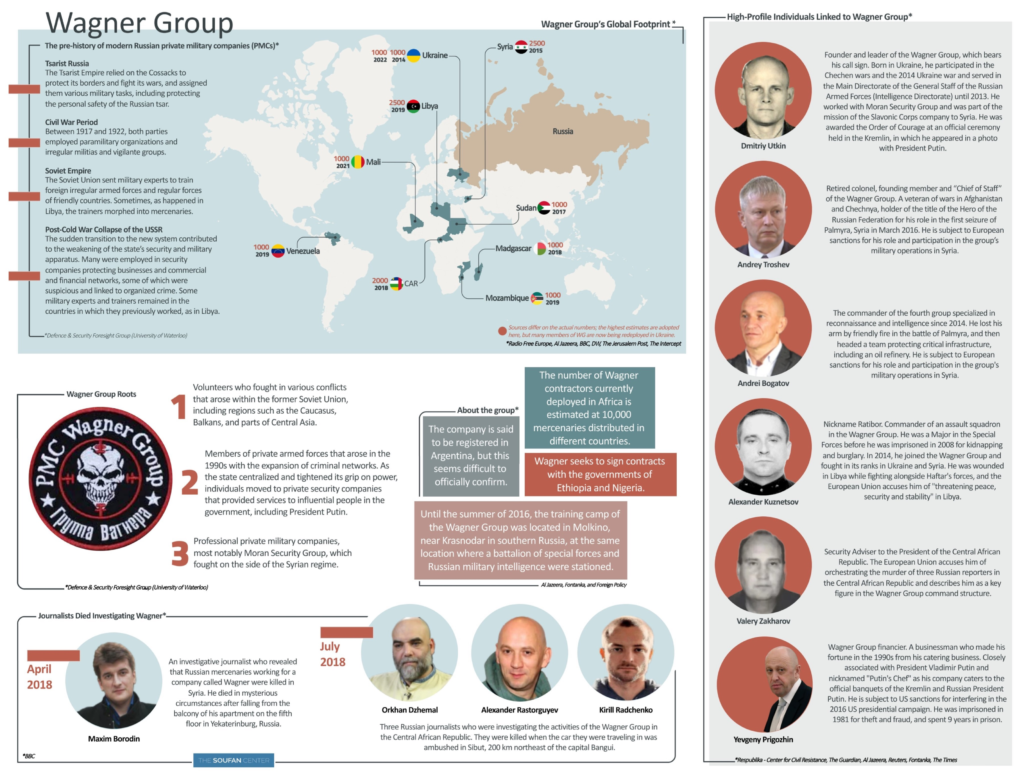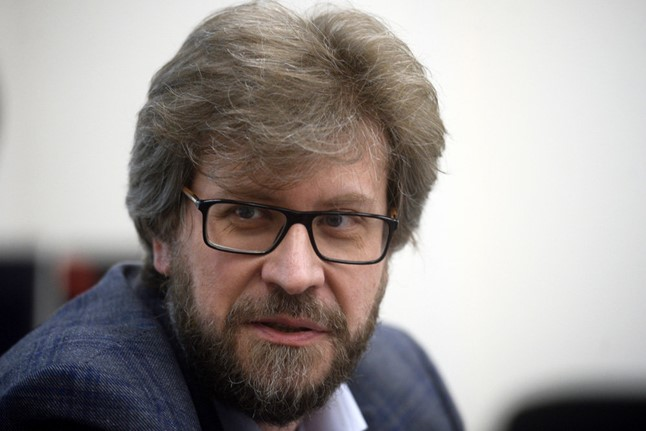Getting the Global Fragility Act Together: Reimagining Counterterrorism Must Be Part of the Plan

Conflict and counterterrorism are two sides of the same coin, and silos between the two must be broken down to reduce terrorism.
The ongoing Russian invasion of Ukraine overshadowed the latest step taken in Washington to turn the page on 20 years of a costly, largely military-driven approach to addressing conflicts.






